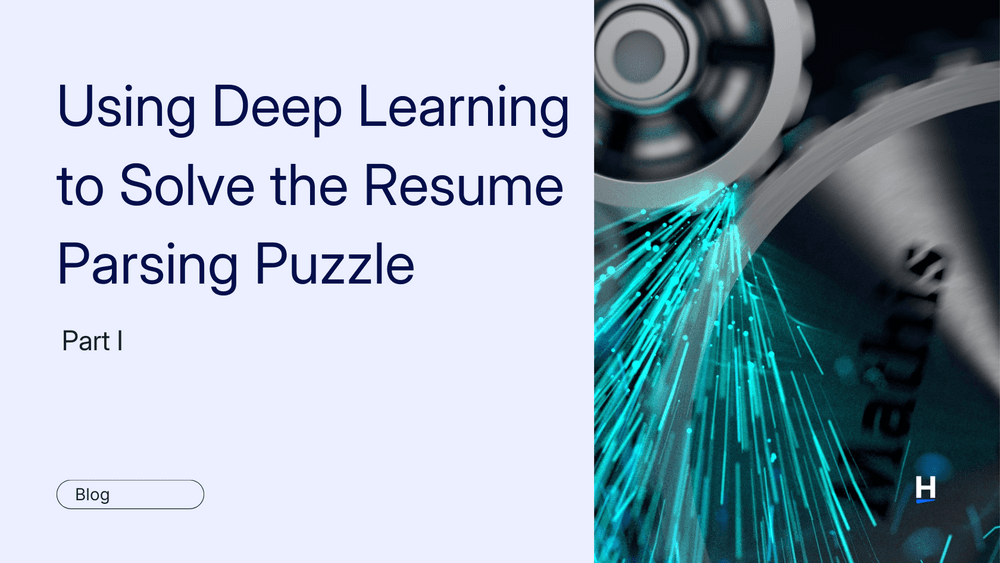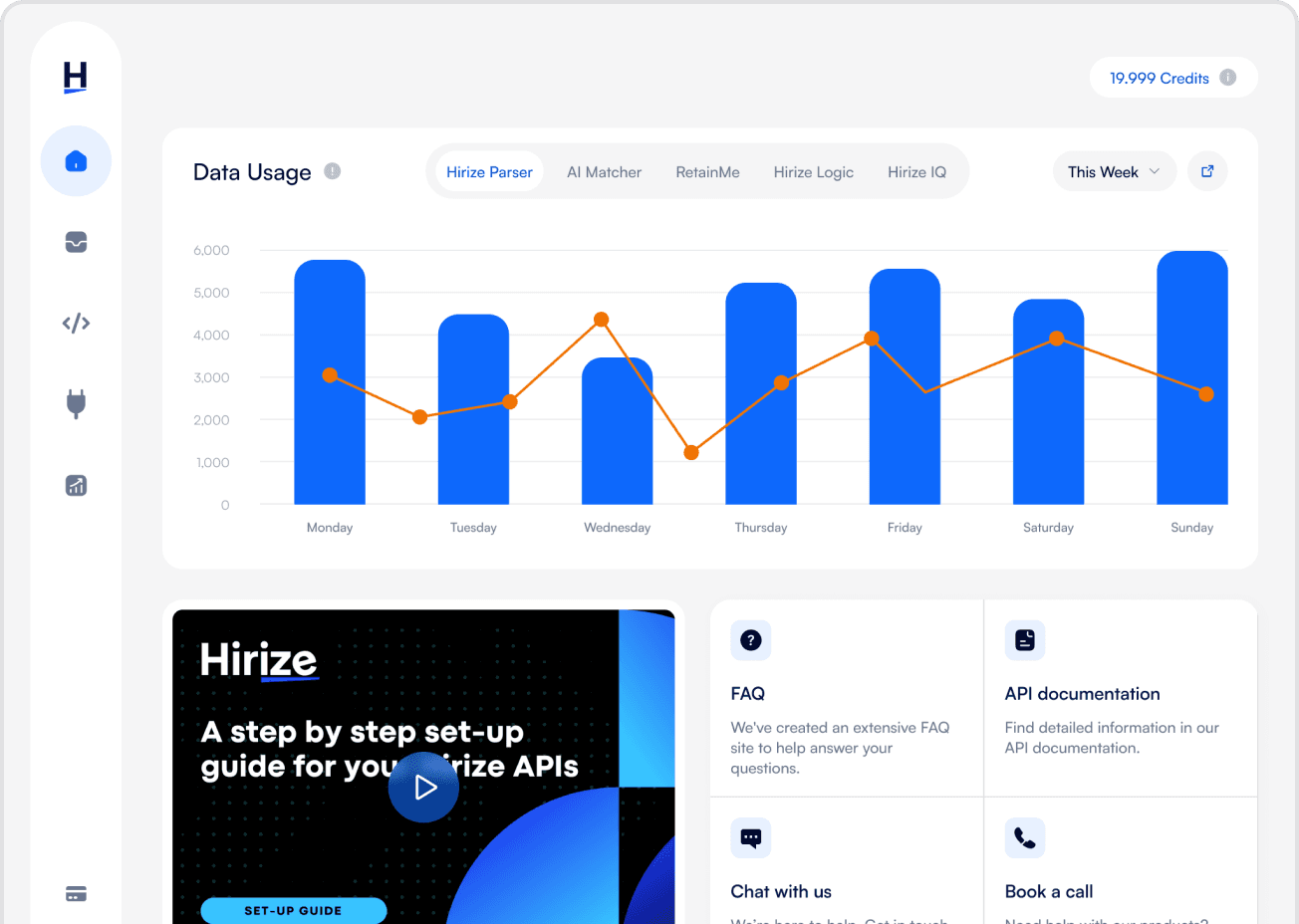superpowers?
Using Deep Learning to Solve the Resume Parsing Puzzle (part I)
In this blog post, we explore show you how deep learning can help you automate the resume parsing process, saving you time and ensuring accuracy.

If you're like most HR staff, you're all too familiar with the pain of resume parsing. You've probably spent hours manually cataloging canditates' information just to have your system spit out incorrect information. But what if I told you there's a way to solve this puzzle? Deep learning can assist you in automating resume parsing, saving you time and ensuring accuracy. we'll explain how it works in this blog piece. Stay tuned!

How Does One Create A Resume Parser?
To build a resume parser, you must first understand the fundamentals of deep learning. Deep learning is a sort of artificial intelligence (AI) that use algorithms to detect patterns in data sets and then uses those patterns to make judgments or predictions. You may train your resume parser to read resumes and extract information such as the candidate's name, past job titles, and work experience by using this technology.
HR professionals can benefit greatly from using a resume parser. To begin, it automates the recruitment process by screening through applications and shortlisting individuals based on their qualifications. This makes it easier to find qualified candidates for available positions. Furthermore, because it eliminates the possibility of human error, automated resume parsing helps verify the accuracy of candidate data. It also saves time spent on boring chores like manually inputting data into your systems, allowing human resources staff to focus on what really matters: locating and employing the best personnel.
How Does a Resume Parser Work?
An artificial neural network and a natural language processing technique are commonly used in resume parsers. The neural network interprets the incoming data from resumes, while the NLP algorithm extracts useful information from the documents. This procedure begins by breaking down the resume language into smaller bits, such as individual sentences or words. The parser then employs its linguistic understanding to detect essential terms and concepts in each sentence, such as job titles and work experience. Finally, it stores this information in an organized fashion so that other systems can access it.
Using deep learning technology, you can build a robust resume parser that automates the recruitment process and ensures candidate data accuracy. You may save time and get the most out of your recruitment efforts by using automatic resume parsing.
Extraction of text
Text extraction is a critical step in the resume parsing process. After identifying essential phrases and concepts, the parser must extract the relevant material and store it in a structured fashion. To accomplish this, it will utilize its language knowledge to discern patterns in text that indicate where a block of information begins and stops. For example, if it encounters the phrases "job title" or "work experience" in the same sentence, it can infer that the information after those words is important. Extraction helps to assure accuracy by removing any unnecessary data from storage.
The Problems of Resume Parsers
Because of the variety of resume formats available, resume parsers have a particular problem. Even though two resumes appear to be comparable on the surface, they may have drastically varied text formatting, making them difficult to understand for computer algorithms. Tables, columns, and images can all be utilized to show information, making it more difficult for rule-based parsers to extract useful data from raw documents such as PDFs and DOCs. To address this issue, a sophisticated algorithm is required to analyze and extract text from these documents in a meaningful manner.
Methods for Creating a Resume Parser
To attain the greatest results, creating a good resume parser necessitates integrating many strategies. Several approaches, such as rule-based parsers and natural language processing algorithms, can be used. Rule-based parsers scan text for certain patterns that indicate where a chunk of information begins or finishes. Meanwhile, natural language processing algorithms employ their linguistic ability to identify essential terms and concepts in resumes. Combining these strategies can provide a more accurate way of parsing raw documents into structured data.
We developed a new classification method to categorize resumes and address each one individually. Many of the templates, such as those including tables or partitions, required more sophisticated software to read them correctly. To accomplish this, we extracted relevant content from these documents using a combination of Optical Character Recognition (OCR) and Deep Natural Language Processing (NLP) methods.

Rather than choosing the difficult path, we picked a more intelligent solution. Leading technology companies have extensively researched Optical Character Recognition (OCR) and Deep Natural Language Processing (NLP), and their findings have been disseminated through open-source software. We were able to save time and effort by using existing models rather than creating a deep learning model from scratch.
Hirize Resume Parser, a deep learning-based resume parsing program, is now available. With its combination of rule-based parsing and natural language processing (NLP), this sophisticated tool automates the recruitment process and ensures the accuracy of candidate data. It accurately parses raw documents into structured data at lightning speed and without sacrificing accuracy thanks to OCR and NLP algorithms. There will be no more manual categorizing of job candidate information. Try Hirize today!
superpowers?



